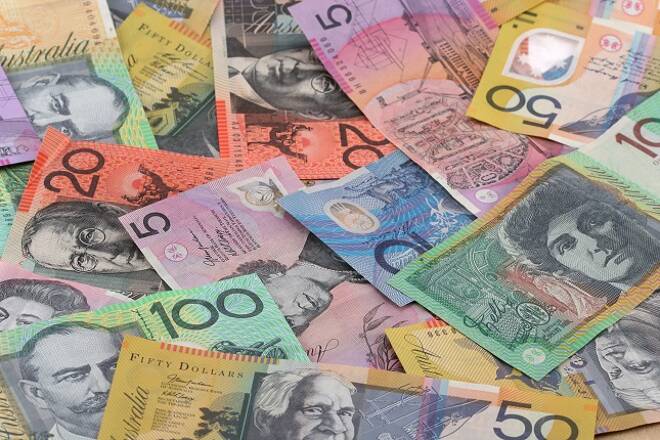Advertisement
Advertisement
AUD/NZD to Continue Downward Slope
By:
Question 1: The fundamental outlook for the Australian economy does not look optimistic, with diminished growth in the coming few quarters expected and
Question 1: The fundamental outlook for the Australian economy does not look optimistic, with diminished growth in the coming few quarters expected and there is already evidence to suggest unemployment will grow. Taking this into account and the fact the NZD is stronger than expected, where do you see the currency pair going in the short term?
The markets are following a very steep trend line on the chart and have been following it since March last year and if we continue with this trend, and I believe that a trend in motion is likely to continue in motion, we should be looking at the Aussie/Kiwi down to about 1.0452 during February.
And that’s just the upper end of it. We can extend through a 1.0343 bottom, and at that point we could even see an acceleration to the downside into 1.0229.
Right now I think we’re going to maintain this downward slope as long as we stay under 1.0452 in the next month.
Question 2: 2017 has already proven to be an interesting trading year globally. Do you think in the mid-term traders should be watching out for political events such as Brexit and Donald Trump which may hamper risk sentiment, or look closer to home for movement?
I think that the Aussie and the Kiwi are immune from this Brexit and Donald Trump fallout. I think the news story has been out there enough, but Australia and New Zealand have enough on their table to worry about and that includes China and their own trade policies and their own economies. So I think maybe you’re going to see some small reactions, some small adjustments in price due to volatility in the markets if Trump does cause volatility as well as the Brexit negotiations. But overall, I think that traders are going to focus on domestic news.
Question 3: At the moment it is forecast the RBA will continue its easing cycle, do you agree and how do you see this influencing the pair over the next 12 months?
I think the RBA is going to take a very strong look at inflation throughout the year. And I think they are going to wait until the April figures come out, which would mean that May would be the first time they consider a rate cut.
Last year they did it in May and then waited again until August so I think they’re on that same type of thinking. This last CPI number was lower than expected but was also mentioned in the November forecast by the RBA. That they expected inflation to be dragging along a little bit. So this one wasn’t too much of a surprise.
Interest rates did shift a little bit in Australia which means traders are preparing for the possibility of a rate cut, but I think we’re at least 3 to 6 months away before the RBA will seriously consider looking at that possibility.
About the Author
James Hyerczykauthor
James Hyerczyk is a U.S. based seasoned technical analyst and educator with over 40 years of experience in market analysis and trading, specializing in chart patterns and price movement. He is the author of two books on technical analysis and has a background in both futures and stock markets.
Advertisement
